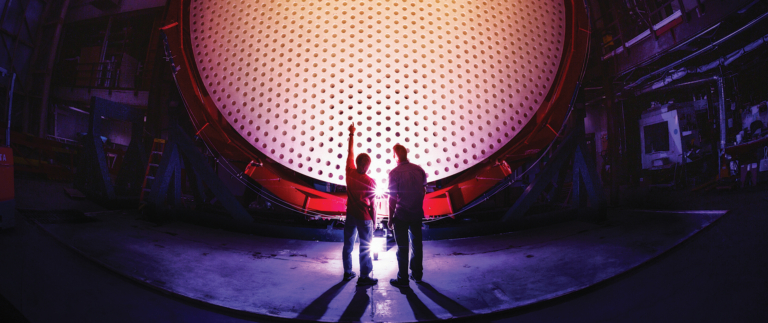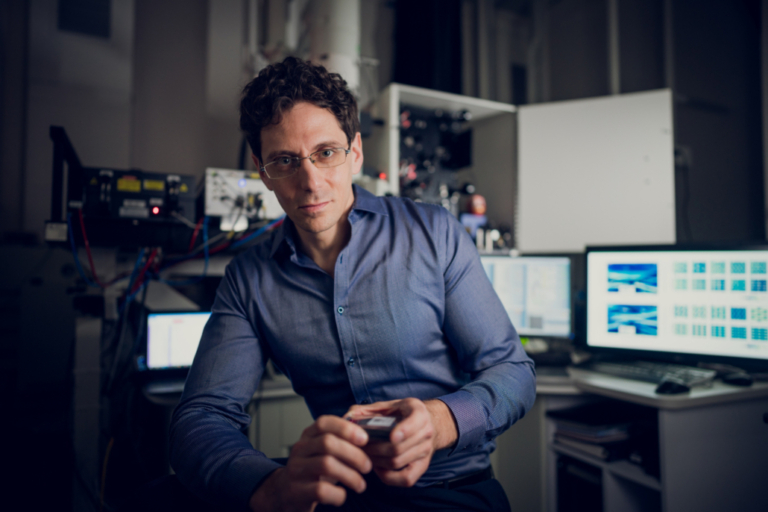“The experiments are incredible—they’re amazingly sensitive, and yet they haven’t discovered this particle,” says Yonit Hochberg, a physicist at the Hebrew University of Jerusalem. The failure to uncover this mystery particle has left Hochberg and her colleagues wondering if the search for dark matter has taken a wrong turn. “Maybe our focus has been too narrow,” she says.
Traditional searches have been based on the idea that the dark matter particle has a mass of up to 1,000 times that of a proton, and that these particles interact with ordinary matter (and with each other) not only via gravity but also via the so-called weak nuclear force (the force that governs radioactive decay). Hochberg’s bold idea, developed with the team she leads at the Racah Institute of Physics, is that the particles might not be so massive after all.
She proposes that the dark matter particle could be much lighter, perhaps just one-tenth of the mass of a proton. Her team’s work also suggests that these lighter particles could pull on each other much more strongly—almost as strongly as a proton’s quarks bind to each other, holding matter together. “So instead of a weakly interacting massive particle, it would be strongly interacting,” says Hochberg, a former Azrieli Early Career Faculty Fellow. “So instead of a WIMP, we call it a SIMP.”
But today’s experiments are designed to identify WIMPs, not SIMPs. Most of them work by corralling lots of heavy nuclei—like the nuclei of xenon, a heavy element—and watching to see if they recoil suddenly, as though struck by some unseen particle zipping through the lab. The problem is, if the dark matter particle is as light as Hochberg suspects, it won’t carry enough momentum to budge a heavy atomic nucleus. She compares the workings of traditional detectors to an array of billiard balls on a table: if a stray billiard ball comes by, it will move one of the balls on the table; you measure its recoil and work out the properties of the ball that smacked it. But now suppose the incoming object is much lighter. “Think of a ping-pong ball that’s trying to give a kick to a big bowling ball,” she says. “It’s just not going to work.”






